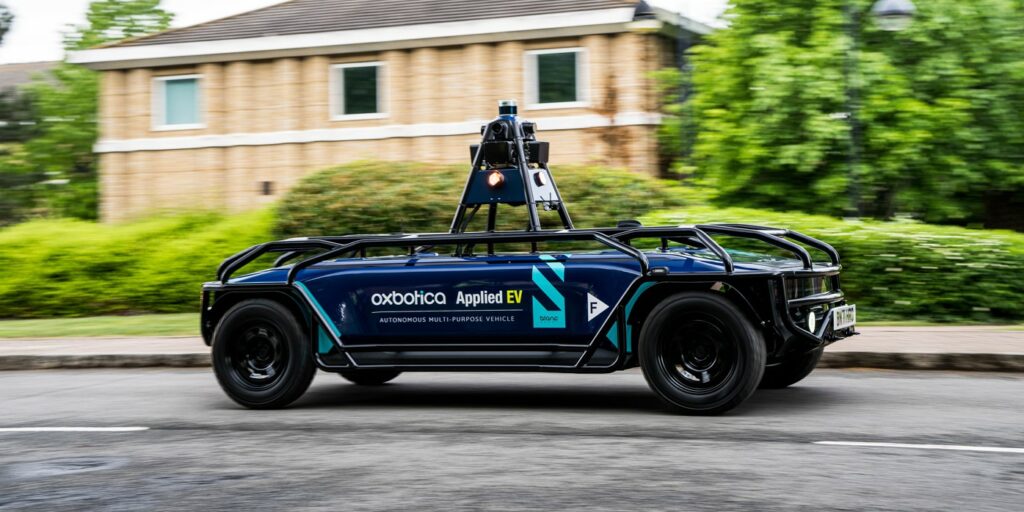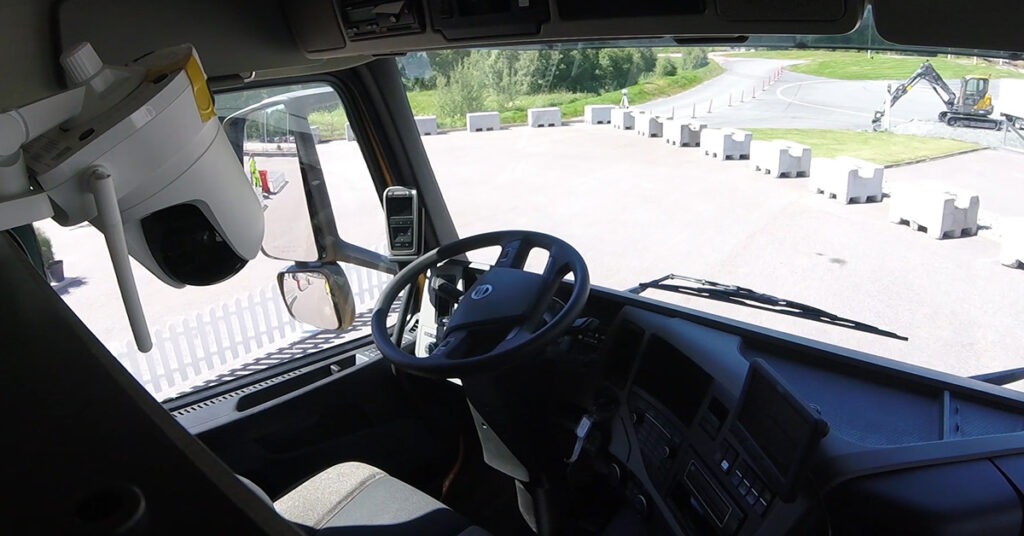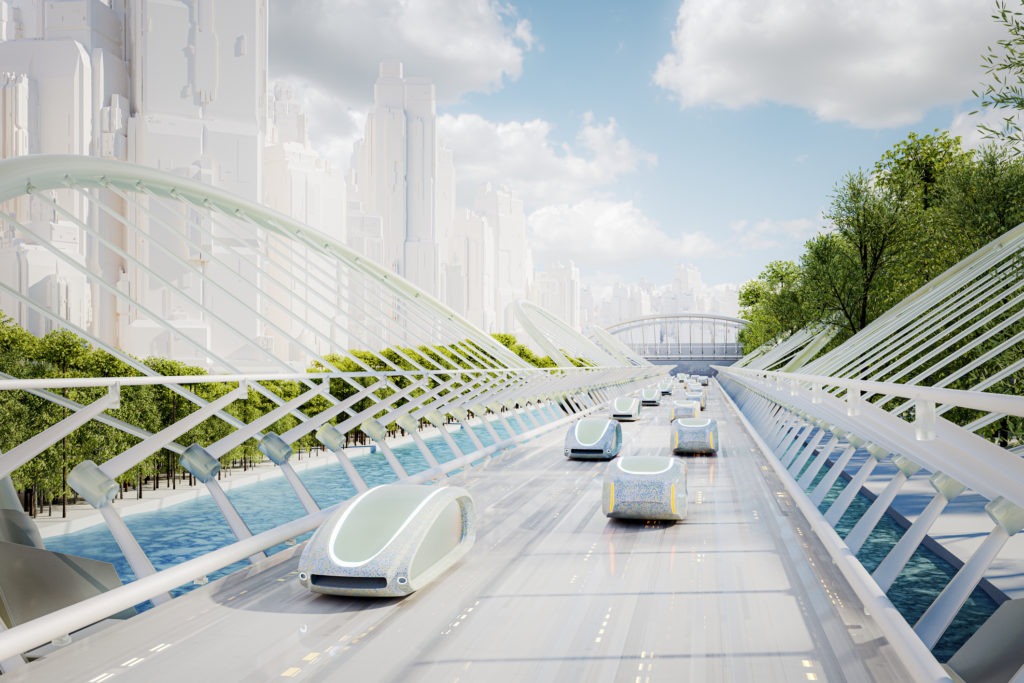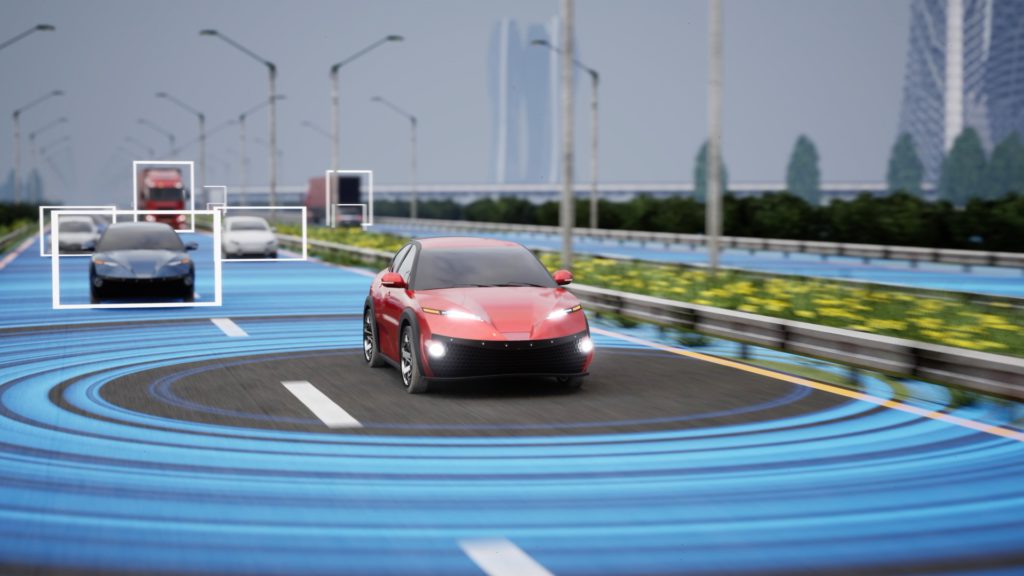Is this the end of the road for fully autonomous passenger cars?
30 November 2022
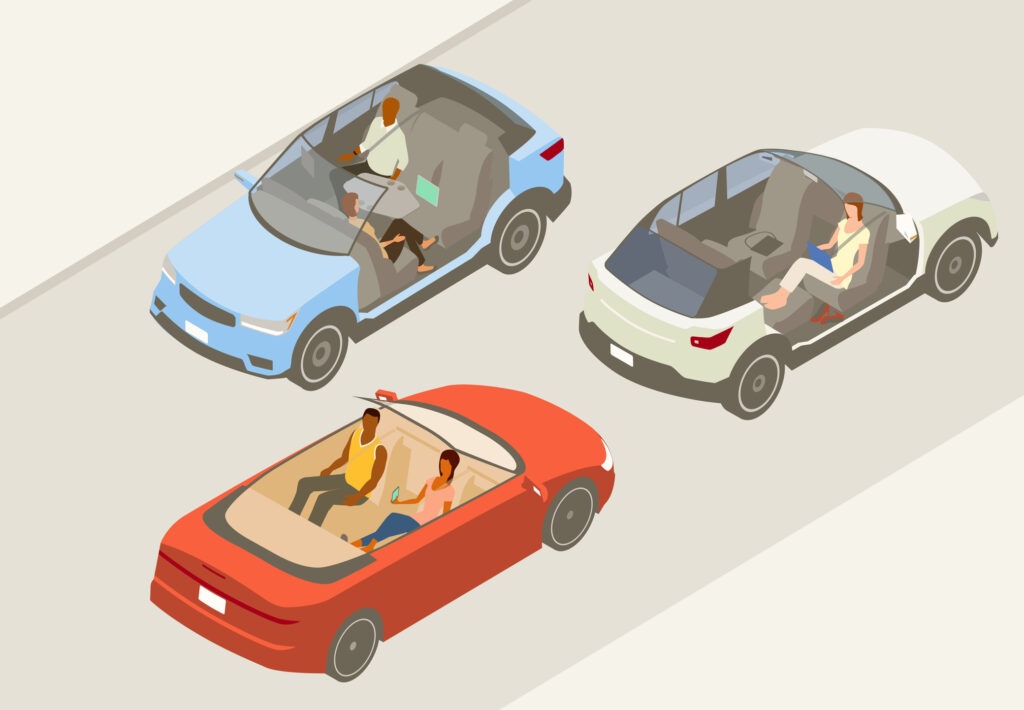
Automotive companies are assessing how they develop autonomous technology. Autovista24 deputy editor Tom Geggus asks whether this is the end of the road for ‘self-driving’ passenger cars.
It appears the development of autonomous technology could not have been timed much worse for passenger cars. Companies were invested but costs have stacked up for electrification, broken supply chains, and ballooning energy bills. Businesses are not alone either, as the economic downturn grinds against consumer spending power.
An Ipsos report published in November contained survey data from 6,000 new-car owners spread across the US, China, Germany, Japan and Brazil. Two thirds of respondents said they believe it will be too expensive for them to own an autonomous vehicle.
Experts interviewed for the report assume SAE Level 3 (L3) to L5 systems will be prohibitively expensive for most, with early solutions only available in premium and luxury models within the high-end segment.
‘For private cars in the lower and mid-size segments of volume or budget brands, there might not be high automation implemented any time soon,’ the report outlined.
Long road ahead
When news broke in late October that Ford and Volkswagen (VW) Group would withdraw from an autonomous technology company, it confirmed a change in strategy. The American carmaker had originally hoped Argo AI would help it bring L4 advanced driver-assistance systems (ADAS) to market by 2021, but it appears this target slipped past.
‘We are optimistic about a future for L4 ADAS but profitable, fully autonomous vehicles at scale are a long way off and we will not necessarily have to create that technology ourselves,’ said Jim Farley, Ford president and CEO, in the company’s third-quarter report.
Dr Torsten Wey of Ford’s ADAS team told Autovista24 that the company remains positive about the long-term potential of L4 systems. But he explained there is a long road ahead for fully autonomous vehicles, built at scale as part of a profitable business model.
In a move taking place simultaneously across the automotive industry, Ford will divert its investments into more accessible tiers of autonomy. The carmaker will concentrate on advanced L2 (L2+) and L3 capabilities, after pulling back from L4 systems developed in this instance by Argo AI.
‘We have become more bullish on the potential for advanced L2+ and L3 systems. We believe the addressable market spans our entire product portfolio and customers are readily adopting ADAS. L2+ and L3 software as a service (SaaS) revenue will increasingly provide a highly accretive revenue stream,’ Wey said.
Ford will keep pushing its ADAS offering, known as BlueCruise, towards L3 by using talent acquired from Argo AI. This L4 experience will be used within a new subsidiary, wholly owned by the American carmaker.
Focus and speed
Commenting on the Argo AI exit, Volkswagen (VW) Group CEO Oliver Blume underscored the importance of ‘focus and speed’ in the development of future technologies. He explained that the company wants to offer customers powerful functions at the earliest possible point, while also setting up development as ‘cost-effectively as possible.’
So instead of investing in Argo AI, the German manufacturer will develop autonomous capabilities for individual mobility within its software arm Cariad. This subsidiary will continue its respective collaborations with Bosch and Horizon Robotics.
Progress made within these partnerships can then be disseminated within VW Group. For example, while Audi is responsible for anchoring customer functions during the development process, the resulting hardware and software is put together by Cariad. The subsidiary brand then integrates any desired applications into its models.
‘Automated driving technology has huge potential,’ an Audi spokesperson told Autovista24. The manufacturer wants to optimise the customer experience by leveraging automated functions for driving and parking. ‘Our goal at Audi is to offer the greatest possible benefit with support tailored to their needs and situations. Customer benefits are defined by software and the overall digital experience,’ the spokesperson commented.
Audi’s ambitions for autonomous technology can be seen within its ‘sphere’ concept vehicles. The imminent activesphere, the urbansphere, the skysphere and the grandsphere boast designs centred on autonomy. Taking the focus away from controlling the vehicle means the design is all about the passenger journey.
But what about the carmaker’s more immediate plans for autonomous technology? ‘As of today, we are likely to see the first highly-automated driving functions (greater SAE L3) in the second half of this decade, in certain situations on the road,’ the spokesperson confirmed.
Step-by-step
‘When it comes to automated driving, Mercedes-Benz follows a comprehensive step-by-step approach,’ a spokesperson told Autovista24. ‘Today, many L2 systems come standard in our cars, helping to improve road safety.’
In May this year, Mercedes Benz took another step forward by launching the sale of its Drive Pilot system in Germany. The internationally certified L3 package can be fitted as an optional extra in the S-Class and EQS. The technology is expected to reach other countries too, just as soon as it is legally permitted.
‘We are convinced that a social discourse on the legal and ethical issues is crucial for the acceptance and success of automated driving and thus also for road safety,’ the spokesperson continued. With this approach, the luxury brand plans to get L4 technology on highways by the end of this decade.
Working its way up to this deployment, the carmaker has already gained approval from the Kraftfahrt-Bundesamt (KBA) for its L4 automated valet parking in Germany. The driverless system can collect and return vehicles independent of human interaction at the P6 parking garage at Stuttgart airport.
More safe, efficient and comfortable
Automotive suppliers are also considering how they develop autonomous systems. Torsten Gollewski, executive vice president of autonomous mobility systems at ZF told Autovista24 that the technology is an integral part of the company’s next-generation mobility strategy.
Gollewski said the company is ‘convinced that automated and autonomous driving will make the traffic of the future safer, more efficient, and more comfortable.’ But for the time being, intelligent-assistance functions hold the greatest potential to increase both traffic safety and comfort in passenger cars, while also being more cost-manageable.
‘We currently take a critical view of fully autonomous driving in passenger cars, primarily due to very high costs and the resulting limited market,’ Gollewski explained. ‘For this reason, we believe that intelligent-assistance functions initially have the greatest potential to increase both road safety and comfort in the passenger-car sector.’
‘Still some way off’
So, when will consumers get access to ‘self-driving’ passenger cars? ‘The vision, that is often seen in futuristic films, of people owning or hailing a private (one to four passengers) automated vehicle to drive you to your chosen destination is still some way off,’ a spokesperson for the Transport Research Laboratory (TRL) told Autovista24.
As automotive companies continue developing L2, L3 and even specific L4 systems, there will be multiple benefits. Firstly, this gradual approach will create technological stepping stones, building up to L4 and L5 developments.
Secondly, these more accessible systems will help build public confidence in autonomous technology, without which adoption rates would stall and automotive companies would see declining returns.
The autonomous elephant
However, no assessment of autonomous technology development is complete without acknowledging the elephant in the room. The road ahead for ‘self-driving’ passenger cars looks long and winding, but commercial-vehicle applications have already covered a lot of ground. From public transportation to logistics, and from shuttle services to specific commercial uses, autonomous commercial vehicles are already deployed.
‘Many authorities and vehicle developers are taking this opportunity to develop transport services that enhance the movement of people through shared services (similar to that of public transport) utilising self-driving technology,’ the TRL spokesperson said.
‘The logistics chains of the future cannot continue at all without autonomous driving,’ Gollewski confirmed. He pointed out that the technology can help end driver shortages and reshape urban public transportation. Six autonomous third-generation ZF shuttles will soon transport up to 3,000 passengers a day in Rotterdam.
Developer Oxbotica is also demonstrating the commercial success of autonomous vehicles. In a recent interview with Autovista24, the company’s founder and CTO, Paul Newman, highlighted the enormous importance of these applications.
For the likes of VW Group, the other side of the autonomous coin belongs to its commercial-vehicle arm. Volkswagen Commercial Vehicles is responsible for developing self-driving systems for mobility and transportation as a service (MaaS/TaaS) applications. In 2025, VW wants customers to be able to book an autonomous ID. Buzz in Hamburg.
Even though people might not see these commercial autonomous vehicles waiting for them at the end of the driveway, they can experience the technology first-hand in a taxi or shuttle. Any positive interaction will then help boost confidence and inspire a new way of thinking about autonomy and mobility.
Meanwhile, technological advances can be passed over to passenger-car divisions. Alongside the progress made by advanced driver-assistance systems, this will help aid development by smoothing the road ahead.
